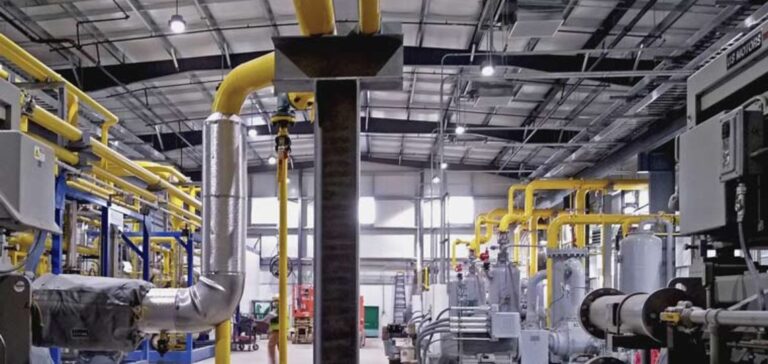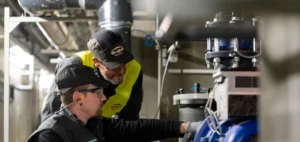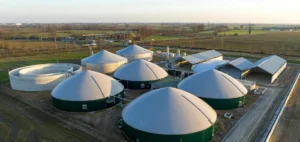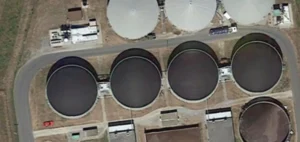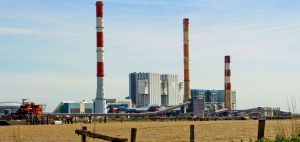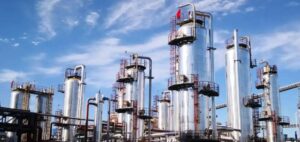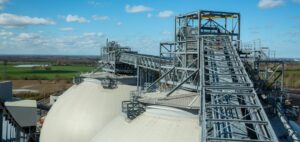Renewable landfill gas (LFG-to-RNG) represents a major opportunity for the North American energy industry.
With capacity almost doubling in the last five years, the sector is experiencing significant growth.
However, only 10% of the potential of this type of resource is currently being exploited.
Wood Mackenzie’s report points out that this trend is set to continue, driven by an increase in projects and M&A activity, while market consolidation sees the top seven players holding over 60% of market share.
LFG-to-RNG projects are characterized by high cost variability, largely influenced by factors such as economies of scale, production site location, gas upgrade technology, and operational efficiency.
For example, economies of scale play a crucial role in significantly reducing production costs. Location, in particular the proximity of landfill sites to processing units, is also a determining factor in limiting interconnection costs, especially in jurisdictions with strict environmental regulations.
Finally, the choice of technologies and the efficiency of operations have a direct influence on capital and operating costs.
Optimistic projections but challenges remain
Wood Mackenzie forecasts that the potential for renewable gas production from landfills could exceed 5 billion cubic feet per day (Bcfd) by 2050, compared with less than 4 Bcfd today.
However, actual production could reach 2.2 Bcfd by the same date, a significant increase on today’s 0.3 Bcfd.
This development is being driven by population growth, which is leading to an increase in the number of landfills, and by stricter government regulations on methane emissions.
Despite this positive outlook, the sector faces a number of challenges.
Small-scale projects or those located in remote areas may face financial difficulties due to high connection costs, calling into question their economic viability.
In addition, competition with other renewable gas technologies, which could offer a greater reduction in carbon emissions, poses challenges for attracting investment.
Recent inflation has also put pressure on production costs, which could affect the long-term profitability of projects.
Renewable natural gas, as a direct substitute for fossil natural gas, is set to play a crucial role in reducing carbon emissions in North America.
The sector is well positioned for further growth, supported by political incentives and growing demand, particularly in the transportation sector.

